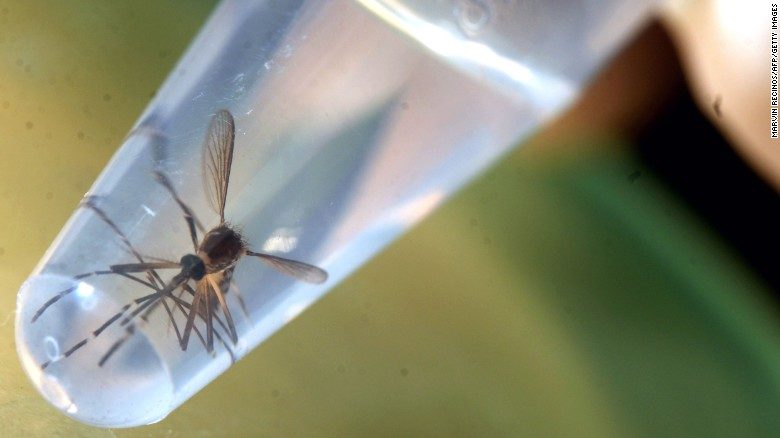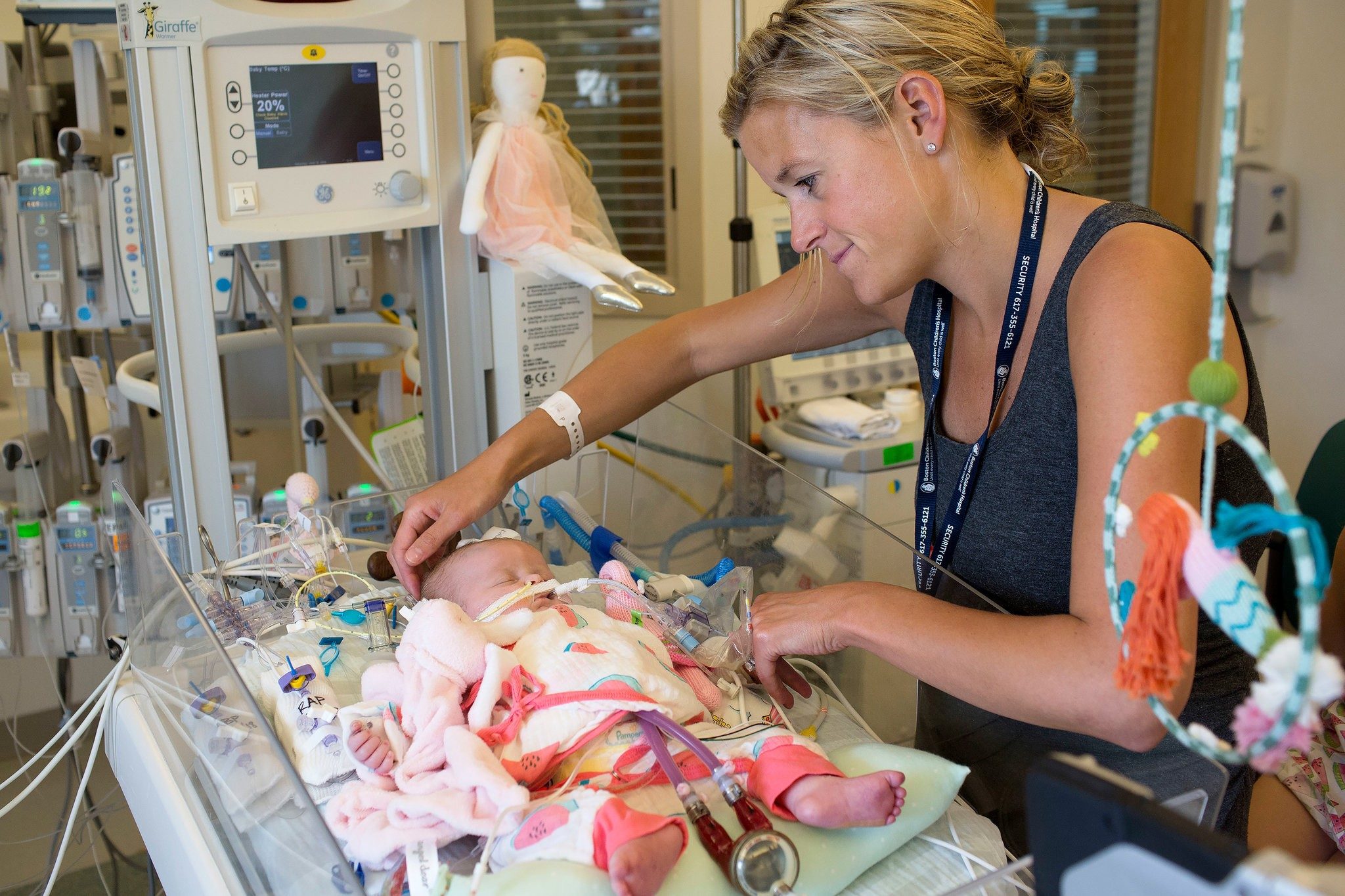
© Jason Henry / Guardian
Vladimir Putin was not in attendance, but his loyal lieutenants were. On 14 July last year, the Russian prime minister, Dmitry Medvedev, and several members of his cabinet convened in an office building on the outskirts of Moscow. On to the stage stepped a boyish-looking psychologist, Michal Kosinski, who had been flown from the city centre by helicopter to share his research. "There was Lavrov, in the first row," he recalls several months later, referring to Russia's foreign minister.
"You know, a guy who starts wars and takes over countries." Kosinski, a 36-year-old assistant professor of organisational behaviour at Stanford University, was flattered that the Russian cabinet would gather to listen to him talk.
"Those guys strike me as one of the most competent and well-informed groups," he tells me. "They did their homework. They read my stuff."
Kosinski's "stuff" includes groundbreaking research into
technology, mass persuasion and artificial intelligence (AI) - research that
inspired the creation of the political consultancy Cambridge Analytica. Five years ago, while a graduate student at Cambridge University, he showed how even benign activity on Facebook could reveal personality traits - a discovery that was later exploited by the data-analytics firm that helped put Donald Trump in the White House.
That would be enough to make Kosinski interesting to the Russian cabinet. But his audience would also have been intrigued by his work on
the use of AI to detect psychological traits. Weeks after his trip to Moscow, Kosinski published a controversial paper in which he showed how
face-analysing algorithms could distinguish between photographs of gay and straight people. As well as sexuality,
he believes this technology could be used to detect emotions, IQ and even a predisposition to commit certain crimes. Kosinski has also used algorithms to distinguish between the faces of Republicans and Democrats, in an unpublished experiment he says was successful - although he admits the results can change "depending on whether I include beards or not".


Comment: For those days when you've got too much lawn and not enough time.